Discovering the Ideal Expedition Cruise for the Reluctant Cruiser
There are certain phrases you should avoid saying to specific individuals. For instance, suggesting to an Indian that Pakistan should have claimed victory in the last Cricket World Cup or telling an Italian to try a jar of store-bought pasta sauce could lead to heated discussions. My misstep? Inquiring with a fellow traveler on an HX Hurtigruten Expeditions voyage about their love for cruising. These journeys are not labeled as cruises; they are expeditions crafted for adventurers, emphasizing destinations rather than the vessels themselves.
Fortunately, as we navigate the frigid waters just north of the Arctic Circle, no one seems offended. This voyage along Greenland’s western shore takes place on the MS Fridtjof Nansen, the second hybrid-powered ship in HX’s fleet. The extravagant amenities typically associated with large cruise ships—like casinos and waterslides—are far removed from our experience. Instead, passengers engage in wildlife lectures and partake in daily excursions, searching for orcas or kayaking among ice fjords.
Named after Nobel Peace Prize laureate and Norwegian explorer Fridtjof Nansen, the ship caters to those seeking adventure over luxury, though it does offer some comforts. I spent hours unwinding in the top deck hot tubs, scanning for the signature spouts of whales creating ripples in the water and observing the shapes of icebergs that resemble castles, hares, and even magnificent waterfalls cascading into the ocean. The sauna, equipped with full-length windows, provides a breathtaking view of seals, whales, and icebergs that shimmer with a pink hue under the midnight sun.
The essence of this journey lies in our destinations. This region represents one of the last true wildernesses on Earth, with the ship gliding through expansive, unexplored waterways and dropping anchor at some of the world’s northernmost points. I participated in an excursion via local boat to the Ilulissat Icefjord, where the scenery resembled thousands of crushed meringues scattered over the glacier’s blue meltwater. Here, I experienced a phenomenal sound everyone should witness at least once: the calving of an iceberg. The thunderous boom is so profound that it might be mistaken for a giant collapsing to the ground; a fellow traveler even thought it was a gunshot. Moments later, a massive 3,000-year-old chunk of ice crashes into the sea, echoing through the fjord.
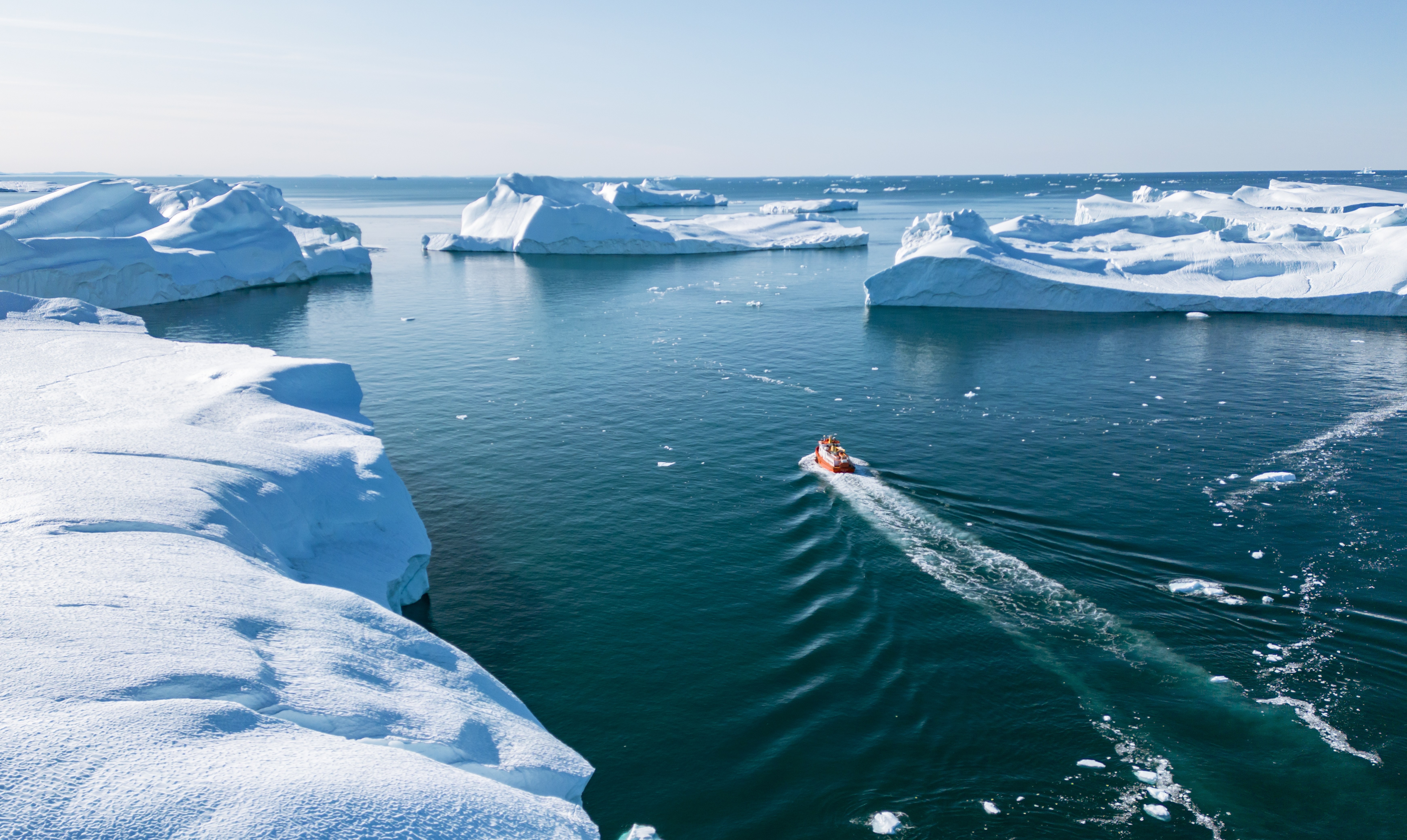
This mesmerizing icefjord is nourished by the Sermeq Kujalleq glacier, one of the fastest-moving and most prolific glaciers globally, spanning three miles and dwarfing Manhattan in size. Ice calvings occur approximately every 15 minutes, and while warming my hands around a flask of hot lemonade, I attentively listen for the distinct hisses and cracks, all while Canada geese descend upon icebergs that soar as high as the Empire State Building. Remarkably, what we see is merely the surface; 90% of these colossal ice structures lie submerged below the water’s surface.
A significant allure of this northern wonderland is its wildlife. Travelers eagerly anticipate a sighting of the mighty polar bear, but instead, I come upon a fluffy Arctic hare hopping along the barren tundra and vibrant gorse bushes in search of berries. Most thrilling was what we encountered on a secluded beach, where we anchored to immerse ourselves in the frigid waters, hovering at minus 1°C. Nestled within a colossal abandoned whale skeleton was a mother Arctic fox, darting around the bones, hunting for mice for her two playful cubs, blissfully unaware of the onlookers.
Onboard, opportunities abound to savor Greenland’s natural delicacies, with reindeer and musk ox frequently gracing the menu. For something lighter, I joined an excursion for cod fishing, setting off on a charming yellow boat—reminiscent of a New York taxi—to a secluded bay, dropping our lines into ice holes that vanished hundreds of meters below. While waiting for a nibble, I immersed myself in the surrounding vistas: clouds lazily hanging around rugged mountains with cascading waterfalls and black-and-white guillemots scouting for their meals.
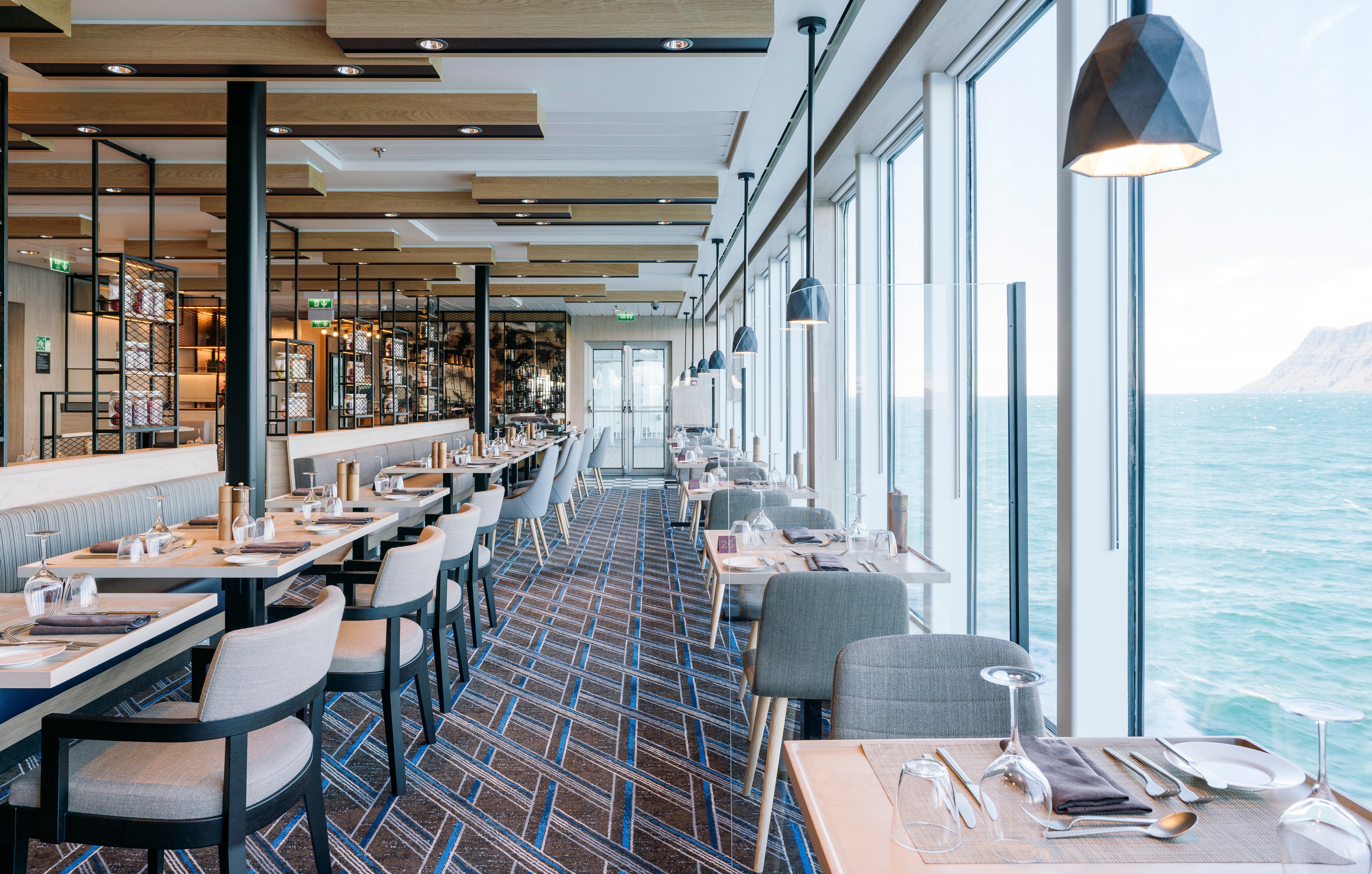
We were fortunate; the waters teemed with delicious cod, and within moments, I felt five catches tugging on my line, which we promptly took to a nearby Thai-Greenlandic restaurant. The chef skillfully filleted our catch and prepared it in three delightful ways: mixed into a red curry, served atop buttery potatoes, and fried into crispy goujons.
Daily excursions like this offer an authentic connection to the stunning landscapes as we cruise in black Zodiacs guided by locals familiar with the area’s valleys and bays. I spoke with one such guide, Dominic Barrington, who pointed out ancient siltstone and lava cliffs where snow bunting birds and ptarmigans perched. He frequently scanned the waters, sharing a thrilling anecdote about a whale swimming directly beneath his boat, causing quite a surprise.
Yet, the true stewards of this land are the Inuit. As an add-on, travelers can spend a few days in the settlement of Ilimanaq, home to approximately 50 locals, reached by a picturesque boat ride across the calm waters of Disko Bay.
This journey may very well be one of the most remarkable experiences of my life. It feels more like a video game than reality as we weave through icebergs so close that they seem touchable. The occasional honk of a goose or splash from a seal breaking the surface punctuates the glossy waters, reminding us of the remote beauty of Greenland and our humble position as its guests.
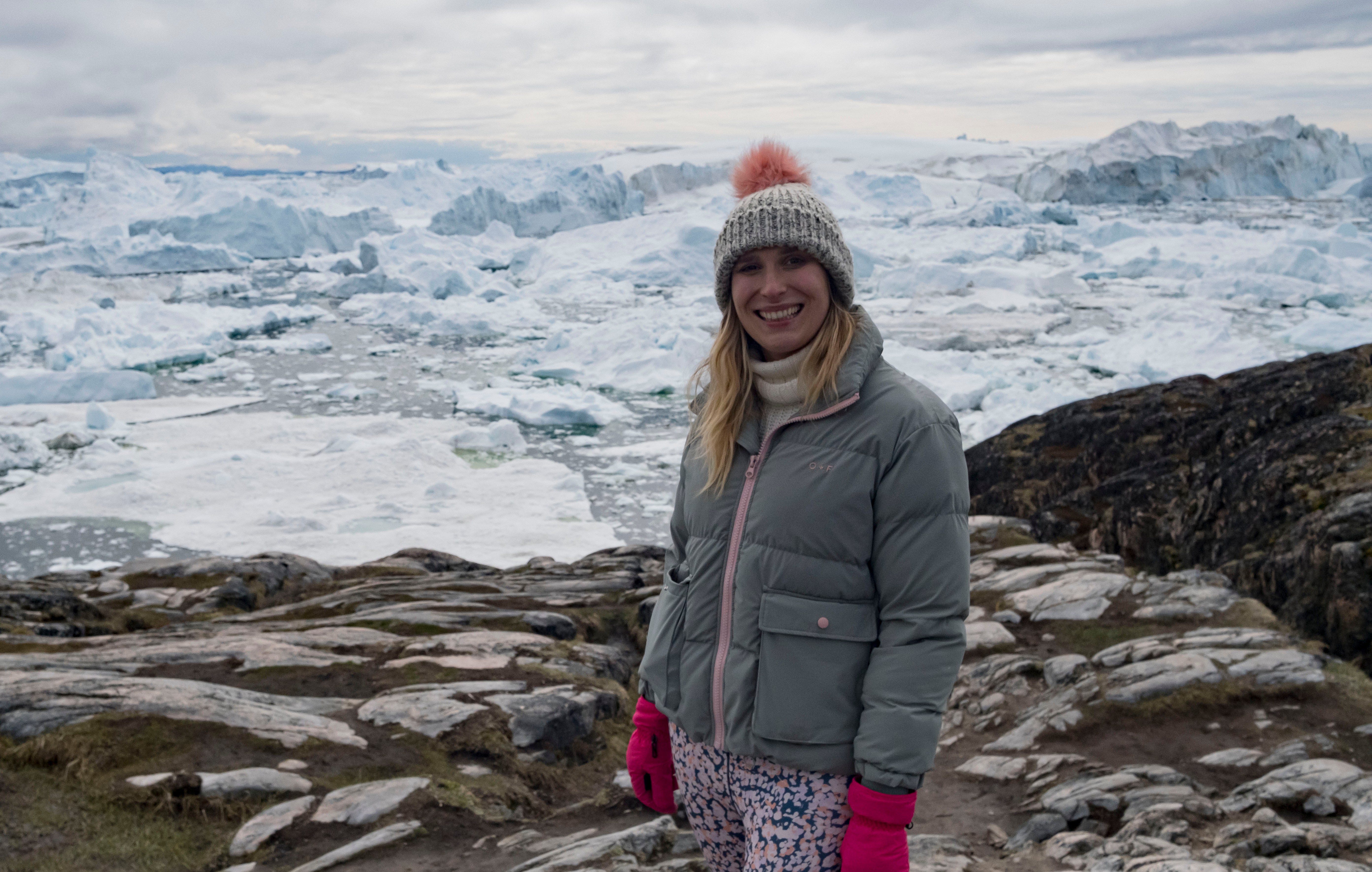
Our accommodations consisted of striking A-frame lodges elevated on stilts along a cliff’s edge, nearly matching the breathtaking views. Behind them, brightly colored wooden homes contrast beautifully against the crisp, white, ice-filled sea. Instead of numerical designations, Inuit culture uses colors to identify buildings—red for shops, yellow for hospitals, and black for police stations. Guests may participate in reindeer hunting trips or hike through the tundra, observing remnants of old hunting traps and fragrant plants emitting tea and wine-like aromas.
I opted to explore the island in search of signs of life, wandering past backyards adorned with massive reindeer skulls alongside bicycles and finding packs of snow dogs lounging in the summer sun.
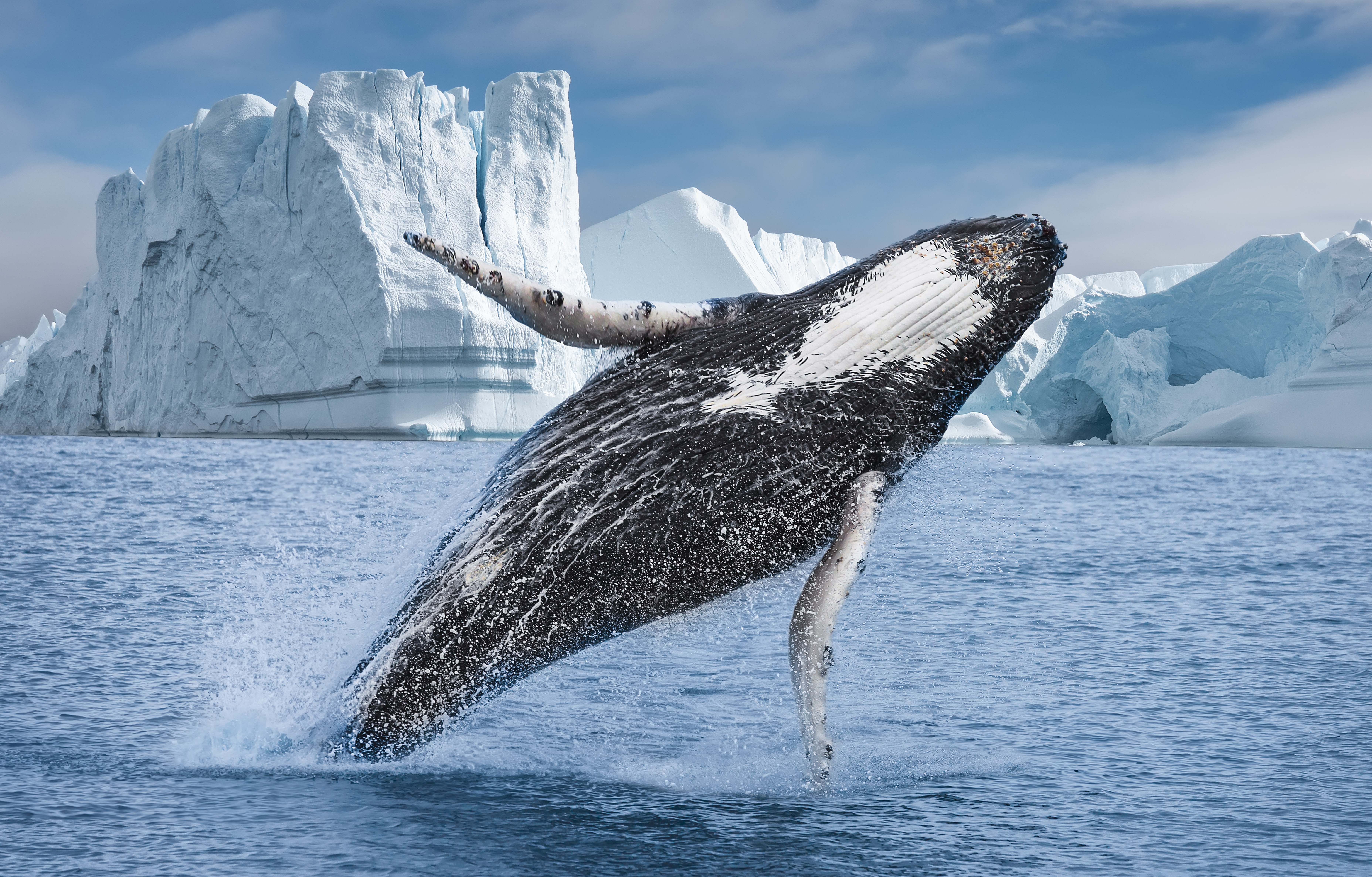
The 50 residents of this rugged locale lead incredibly simple lives. Few have running water, many cook over stones, and their daily existence revolves around hunting. The community’s sole nurse provides medical assistance, with a sheriff overseeing matters—reportedly chasing children who practice their shooting skills too close to home. The most significant tension seems to arise on Greenland’s National Day, when rival factions from opposite ends of the village compete in a spirited football match.
Considering the current global concern over overtourism, I find myself pondering how long this tranquil paradise will remain hidden. In November, a new international airport opened in Nuuk, enhancing accessibility to Europe’s most remote capital, hinting at the potential for direct flights from the UK in the near future (currently, travelers must transfer in Iceland or Denmark). It’s best to visit soon before tourist crowds invade one of the planet’s last untouched wonders and while you still have a chance to witness the awe of icebergs calving—a memory you will cherish forever.
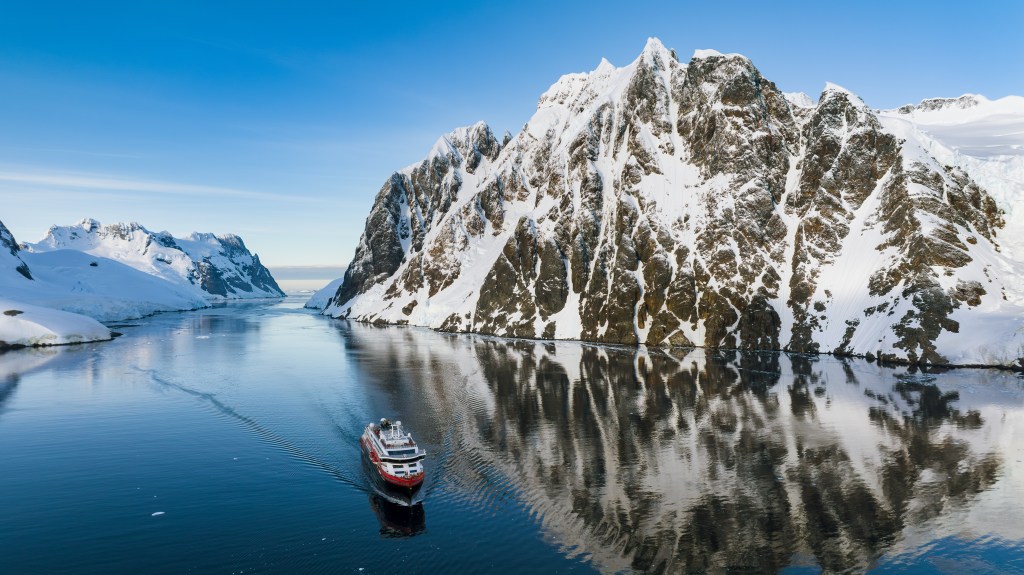
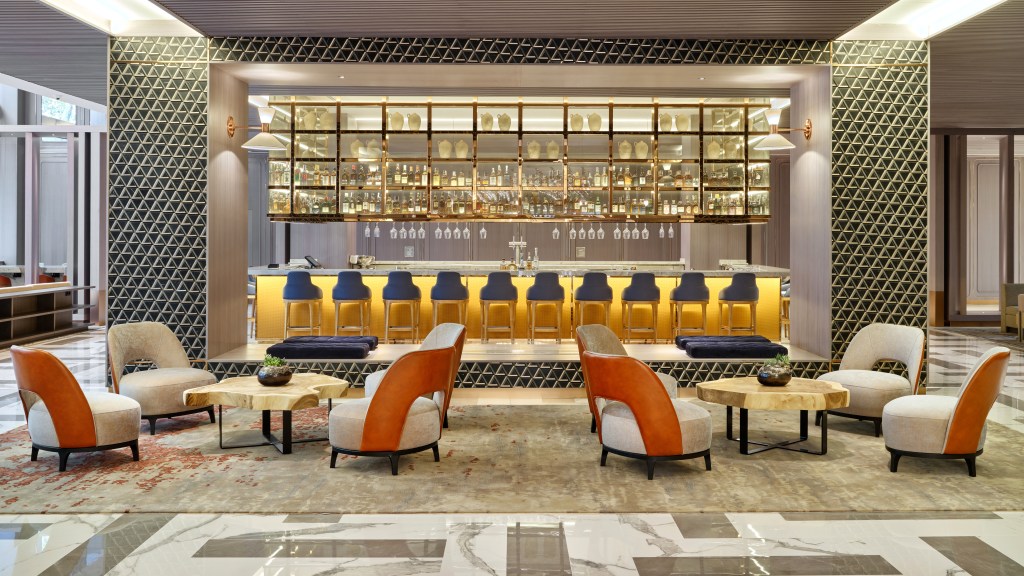
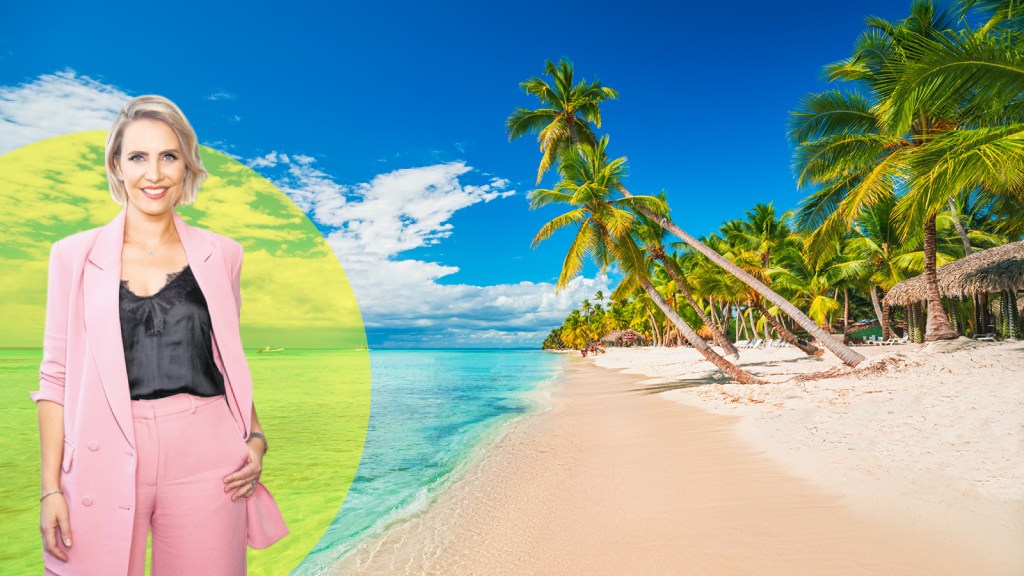
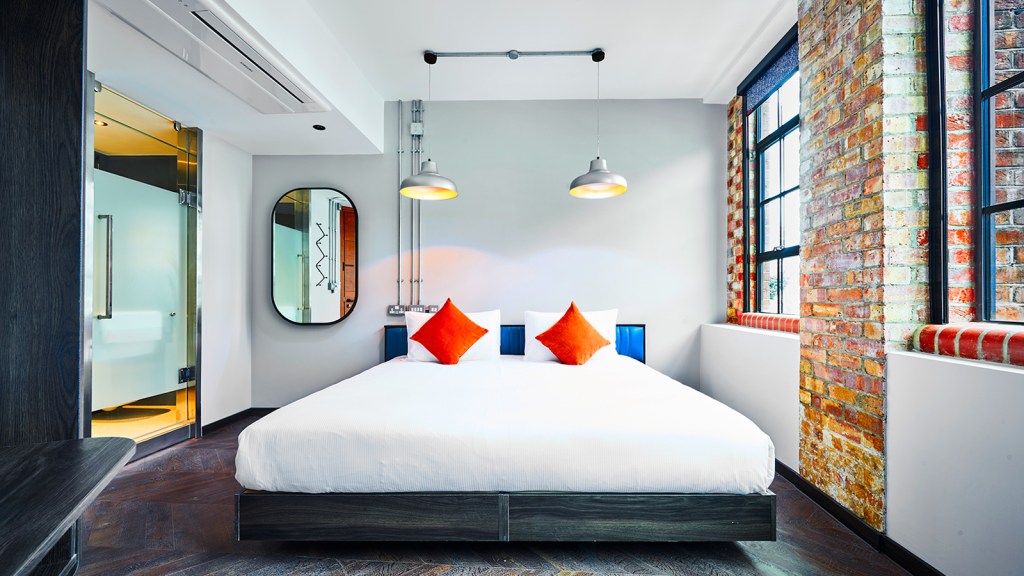
Post Comment